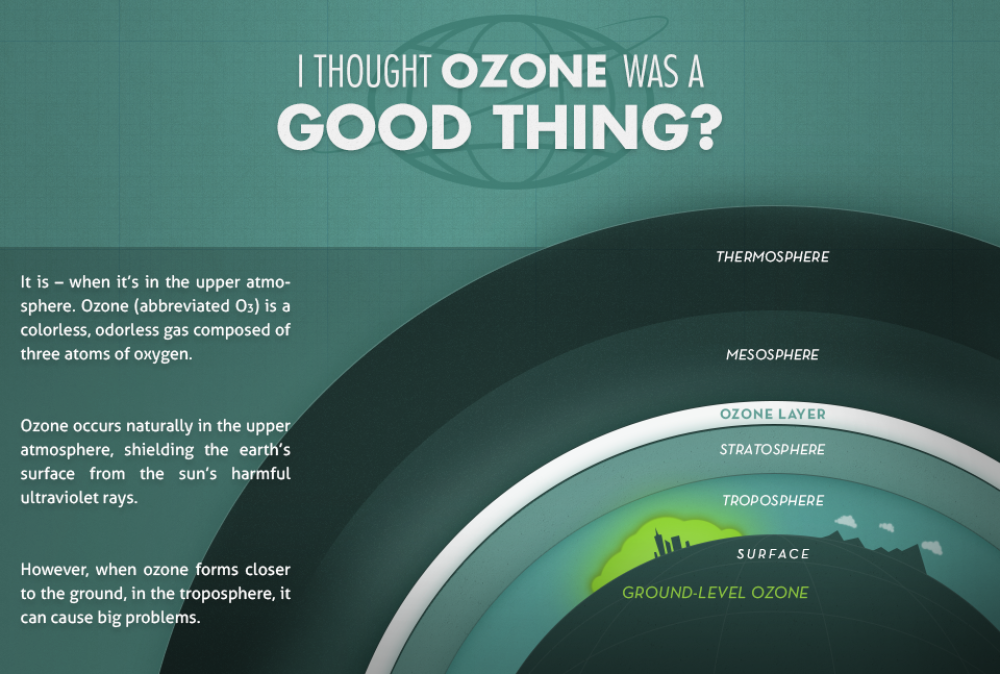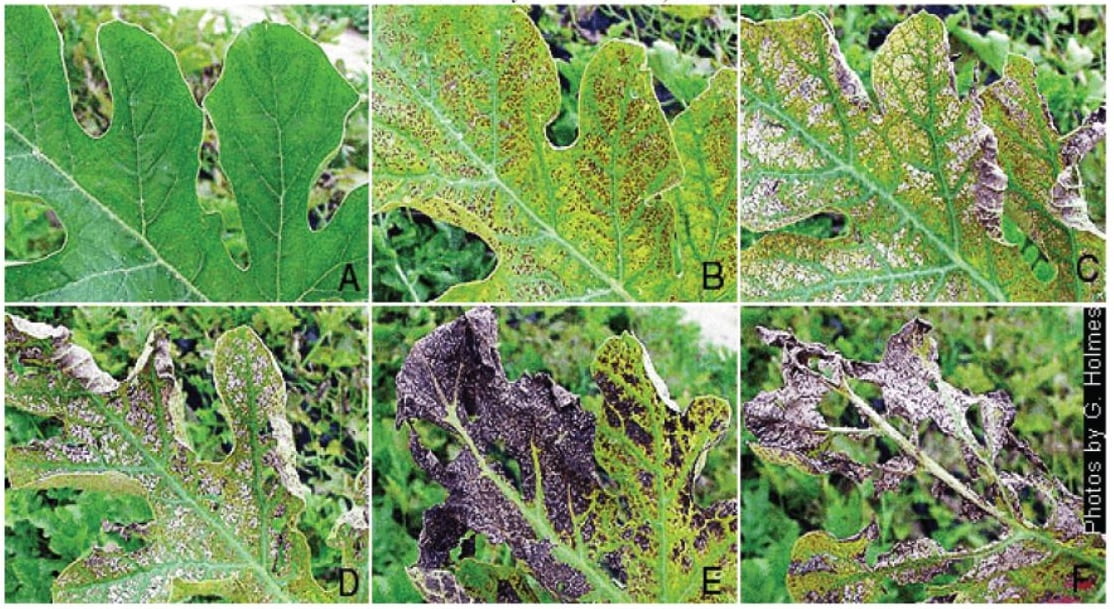In my introductory post, I briefly mentioned about the problem of air pollution that is persistent in the national parks in the U.S. This is reflected in a report that is published by the National Parks Conservation Association (NPCA) in 2019. The key finding from the report is that 96% of the 417 national parks assessed in the U.S are plagued by significant air pollution problems, and 85% of the parks contend with unhealthy air. This is mainly due to the respiratory toxin that is regularly created in the cities, called Ozone. So what exactly is Ozone and why is it so significant? First, let’s take a look at this diagram below.

Different layers of the atmosphere and the presence of ozone. (Air Central Texas.org)
What is Ozone?
Ozone is a highly reactive gas that is composed of three oxygen atoms. As seen from the image above, depending on its location in the atmosphere, ozone affects life on Earth either positively or negatively. In the stratosphere where it forms naturally through the interaction of solar ultraviolet (UV) radiation with molecular oxygen (O2), ozone is beneficial as it shields us from most UV rays through absorption. On the other hand, the ozone that is present at the ground level is formed primarily from photochemical reactions between volatile organic compounds (VOC) and nitrogen oxides (NOx). As the primary sources of VOC are from industrial areas such as chemical plants, and NOx from high-temperature combustion, the ozone at this level is very much man-made, and sadly, isn’t very healthy.
How does Ozone harm us?
Breathing in ground-level ozone is harmful and may have adverse effects on our health. Some of the effects include induction of respiratory symptoms, decrements in lung function and inflammation of airways. Respiratory symptoms include coughing, throat irritation, chest tightness or shortness of breath, as seen in the image below. According to the Environmental Protection Agency (EPA) in the U.S, children, people with lung diseases, and adults who are active outdoors are especially sensitive. This is a major concern, as visitors of National Parks are often engaged in some form of physical activity, such as hiking, jogging or trail running, which may cause them to breathe faster and more deeply, and as a result, causes the ozone to enter into the deeper parts of their lungs that are more vulnerable to injury.

Effects of ground-level Ozone (Air Central Texas.org)
How does Ozone harm the environment?
While ozone makes it harder for people to breathe, the same can be said for the trees and plants in our national parks. Some parks are home to sensitive vegetation and ecosystems. Therefore, the presence of ozone at ground-level is also causing harm to nature. Ozone pollution stifles tree and crop growth, and cause leaves of common tree species to blacken and wither, thus negatively impacting the appearance of the vegetation. Additionally, ozone slows the growth of plants and interferes with their ability to store and produce food. This is because high concentrations of ozone cause plants to close their stomata, which slows down photosynthesis and plant growth. This would then increase their vulnerability to certain diseases, insect damages, other pollutants and harsh weather. Crop yields may also be affected, which may potentially impact the species diversity in ecosystems.
In the next blog post, we will be discussing more about the ways in which the U.S. combats the problem. Stay tuned!
Till next time,
Irsyad
——————
References:
Air Central Texas. n.d. What Is Ground-Level Ozone?. [online] Available at: <https://aircentraltexas.org/en/regional-air-quality/what-is-ground-level-ozone>
Brust, G., 2013. Air Pollution Effects On Vegetables. [online] University of Maryland Extension. Available at: <https://extension.umd.edu/learn/air-pollution-effects-vegetables>
National Parks Conservation Association, 2019. Polluted Parks: How America Is Failing To Protect Our National Parks, People And Planet From Air Pollution. [online] National Parks Conservation Association, pp.5-10. Available at: <https://npca.s3.amazonaws.com/documents/NPCAParksReport2019.pdf>
Scdhec.gov. 2019. Effects Of Ozone. [online] Available at: <https://scdhec.gov/environment/your-air/most-common-air-pollutants/about-ozone/effects-ozone>
U.S. Environmental Protection Agency. n.d. What Is Ozone?. [online] Available at: <https://www.epa.gov/ozone-pollution-and-your-patients-health/what-ozone>
